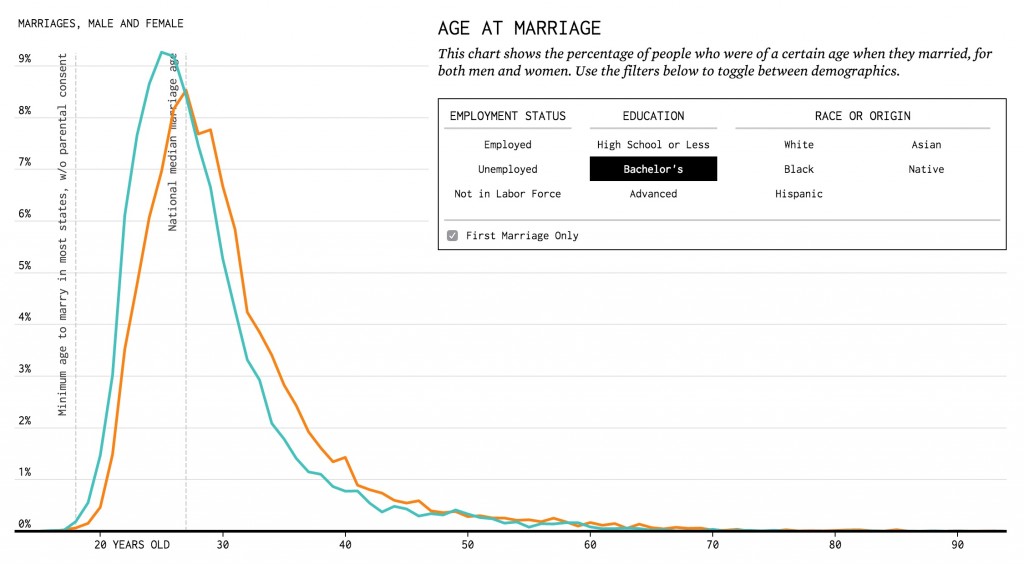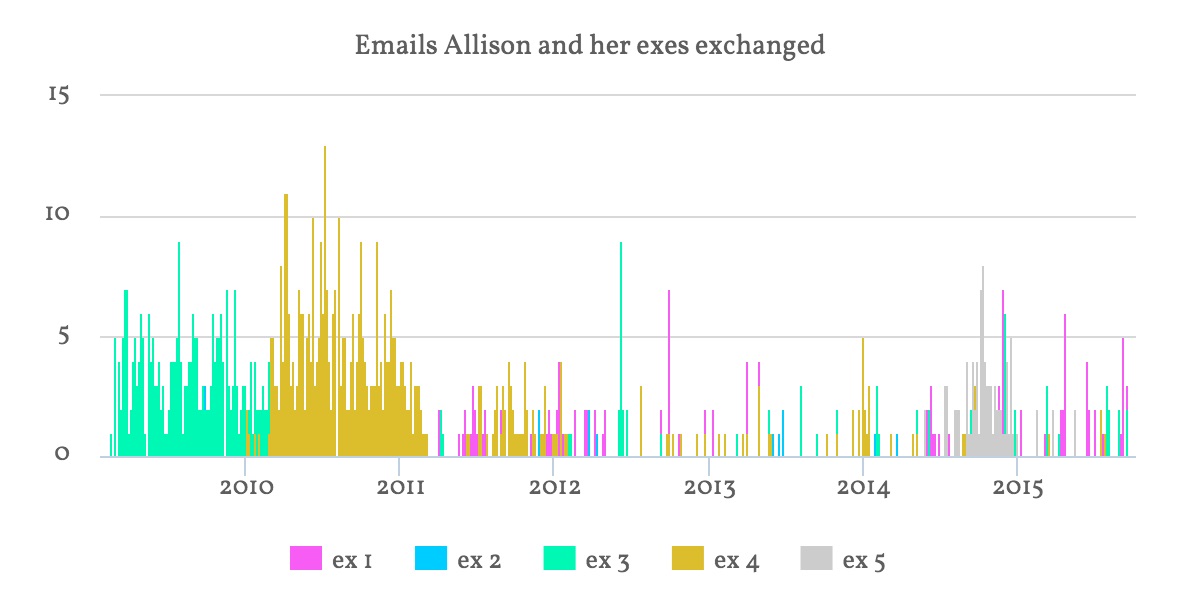What We Are Reading
Steven Jonas
March 5, 2016
Articles
The Beacon Experiments: Low-Energy Bluetooth Devices in Action by Chaise Hocking. There is a lot of interest in using micro-location to support QS projects, with much excitement focused on Bluetooth beacons as a possible solution. If you’ve been curious about how well the fairly well known Estimote and Kontakt beacons work for estimating proximity, this post is for you. ‑Gary
Do-It-Yourself Medical Devices — Technology and Empowerment in American Health Care by Jeremy A. Greene. DIY healthcare technology has existed a lot longer than the devices designed to pair with your smartphone, but the “it” in DIY, as well as whom “yourself” is directed towards, has changed significantly over time. ‑Steven
Boundary Negotiating Artifacts in Personal Informatics: Patient-Provider Collaboration with Patient-Generated Data by Chia-Fang Chung et al. This sensitive research paper explores how self-collected data can be used to support collaboration between people seeking health care and their care providers. Based on surveys and interviews, Chung and her co-authors offer a detailed analytical framework for understanding common tensions and misunderstandings, and give extremely thoughtful suggestions for designers. ‑Gary
‘Superman Memory Crystal’ Could Store Data for 13.8 Billion Years by Stephanie Pappas. It’s probably foolish to get excited by a technology that may never escape the research facility, but I’m excited by the idea anyhow. The challenge of keeping data from degrading is a big one. Libraries burn down. Magnetic tapes disintegrate. Hard drives die suddenly. The idea of storing your data on a glass disc is poetically appealing, but I am surprised to learn of it’s practicality in terms of stability and capacity.‑Steven
The Most Famous Mice in the World Right Now by Steve Hamley. I’ve been following the slow transformation of nutritional science from anti-fat to anti-carb since reading Gary Taubes cover story for the New York Times: “What If It’s All Been A Big Fat Lie?” This week there was a minor chapter in which many media reports used some work by a New Zealand scientist purporting to show that high fat, low carb diets could be bad for your glycemic control after all. The above story by Steve Hamley is the best debunking. ‑Gary
Ann Douglas Details Her Hi-tech Weight Loss Journey by Lauren Pelley. Ann Douglas, an author of books on parenting and pregnancy, lost 135 pounds over two years. She didn’t have one killer device or app, but used a suite of tools that contributed in one way or another. “I had given up all hope of ever losing all this weight,” she says. “If you’re sitting there despairing, wondering how you’re ever going to do anything about your weight problem — I was there too.” ‑Steven
Show&Tell
Using Heart Rate Variability to Analyze Stress in Conversation by Paul LaFontaine. “Vapor lock” is Paul’s term for that feeling when you are trying to retrieve something from memory in conversation, but because of the stress of the situation (especially if it is with a boss), you lock up and your recall fails. To better understand this phenomenon and learn how to prevent it, Paul measured his heart rate variability during 154 conversations with bosses and co-workers and discovered that the biggest cause of his “vapor lock” was not what he expected at all. ‑Steven
17 Years of Location Tracking by Stephen Cartwright. Steven has been tracking his latitude, longitude and elevation every hour since 1999. In this talk, Stephen shows how seventeen years of location tracking has given him a wealth of data to explore in the form of three-dimensional data visualization sculptures. He has even brought some of these to QS conferences. They are amazing to behold in person. ‑Steven
Data Visualizations
Marrying Age: This is when Americans get married by Nathan Yau. This interactive visualization looks at the average marrying age for different demographics. You can’t see the trends over time, but it is interesting, though not wholly surprising, to see smoother distributions for demographics that tend to have more stabile economic situations, like college graduates. (Though I’m not sure if that has more to do with the relative number of people in each group.) ‑Steven
Forget me nots by Lam Thuy Vo. This explores the relationship between a woman and her archive of email exchanges with exes. This visualization above is fairly standard, but the others in the piece are more like tone poems. Appropriate, considering that dives into your archive can leave you swirling in unleashed emotion (Speaking from personal experience here. You would be surprised by how much you can relive your life by looking at old bank statements). ‑Steven
Projects
Danielle by Anthony Cerniello. This is a video of a computer generated face that ages over the course of four minutes. The length is interesting in that you can tell that change is occurring, yet it is happening slow enough that it’s hard to see exactly what is changing moment to moment. ‑Steven
Thanks to Ernesto for sending a link our way. If you find an interesting article you’d like to recommend, email labs@quantifiedself.com. If you want to get these automatically in your inbox, you can subscribe here.




